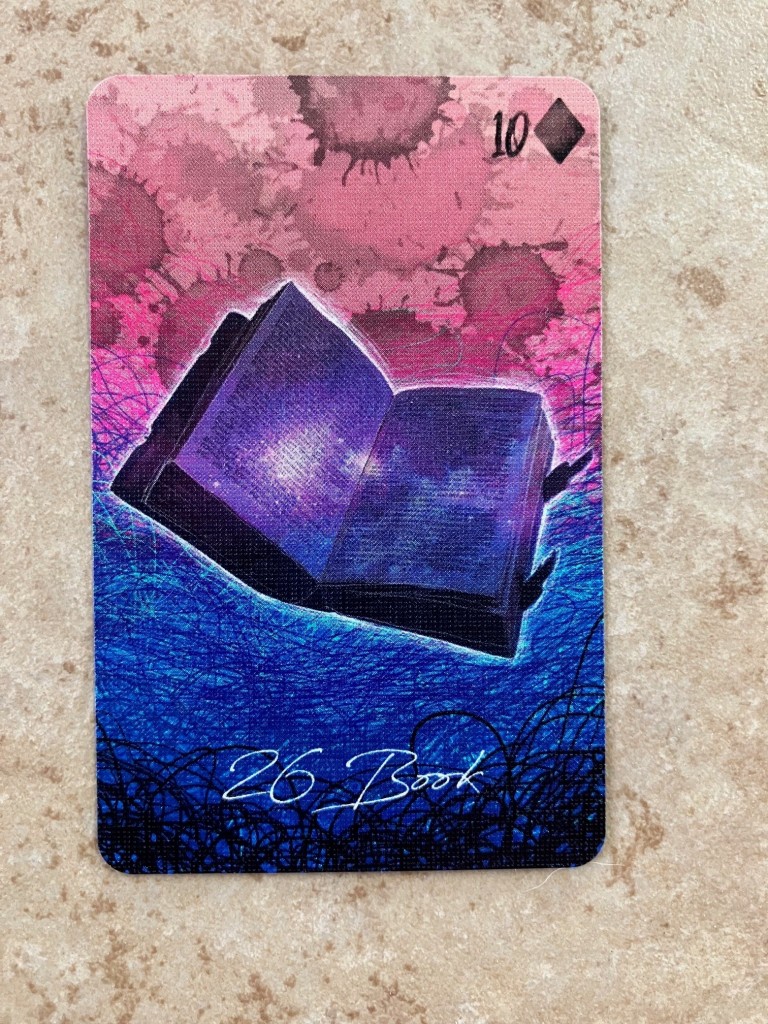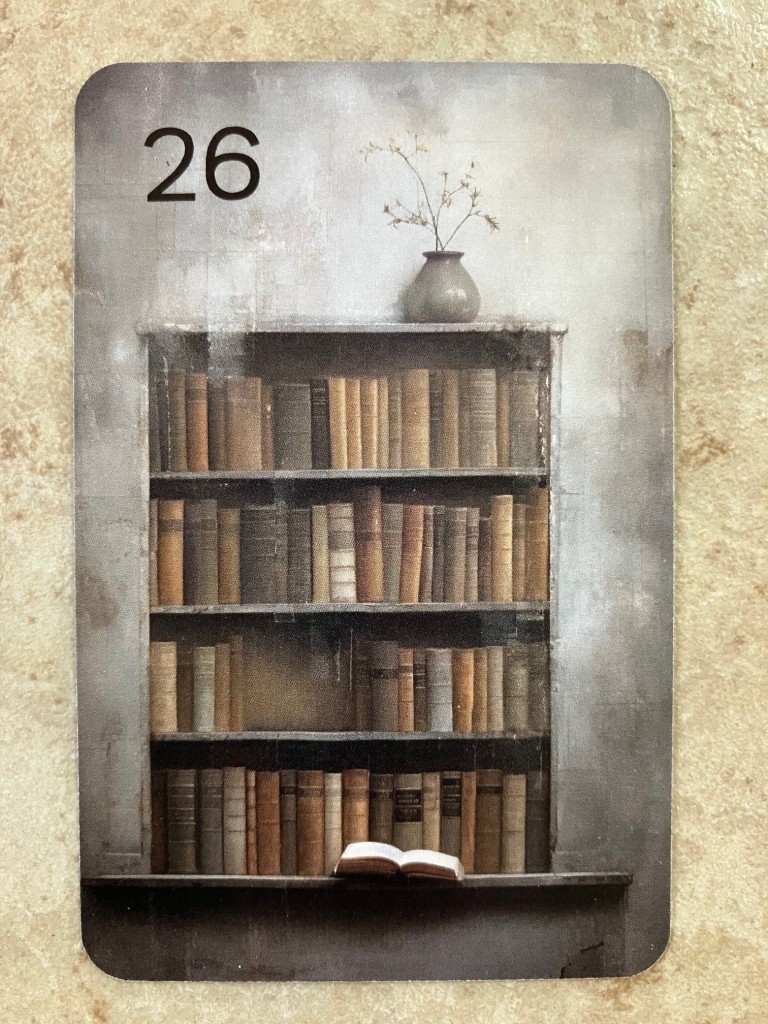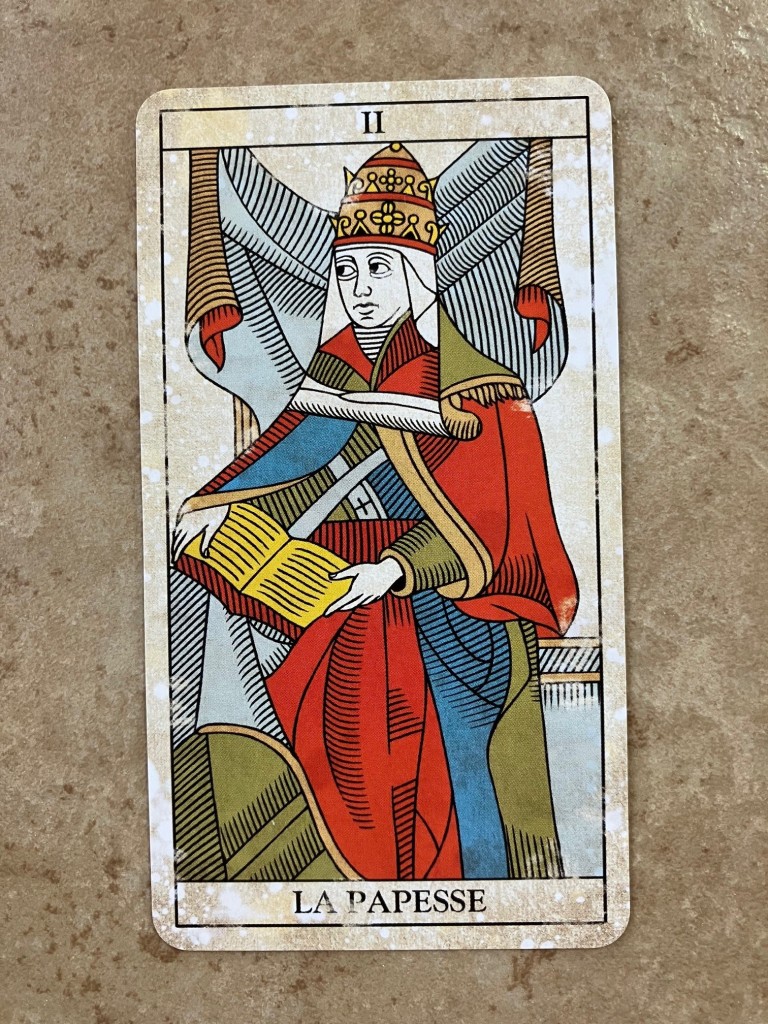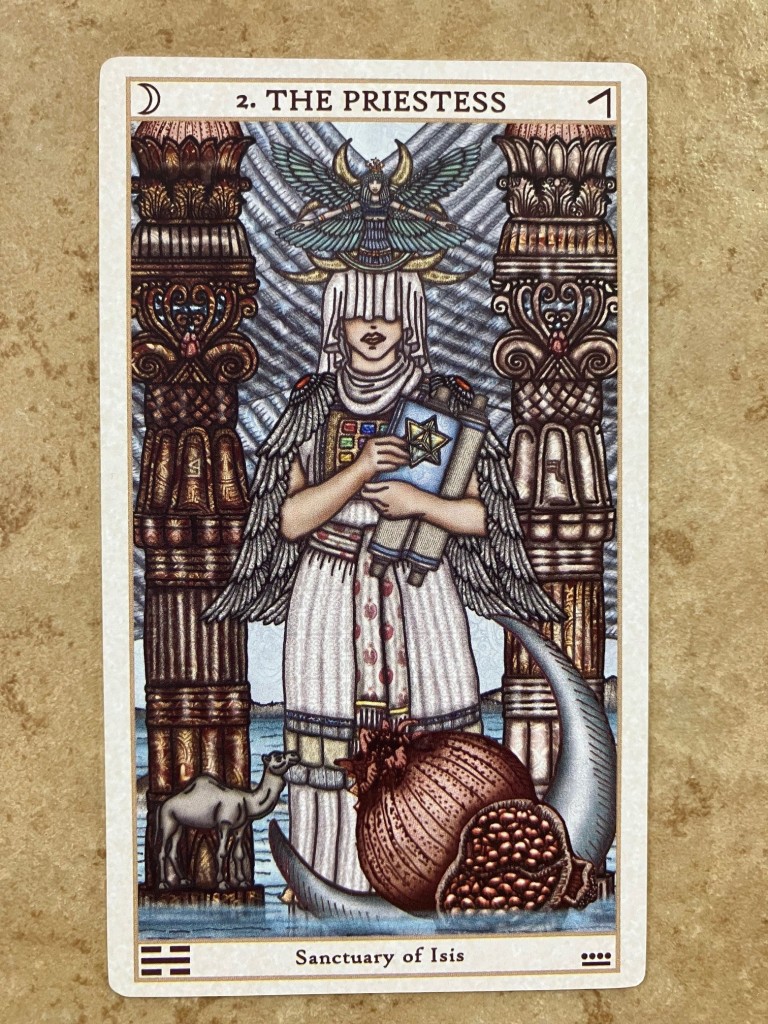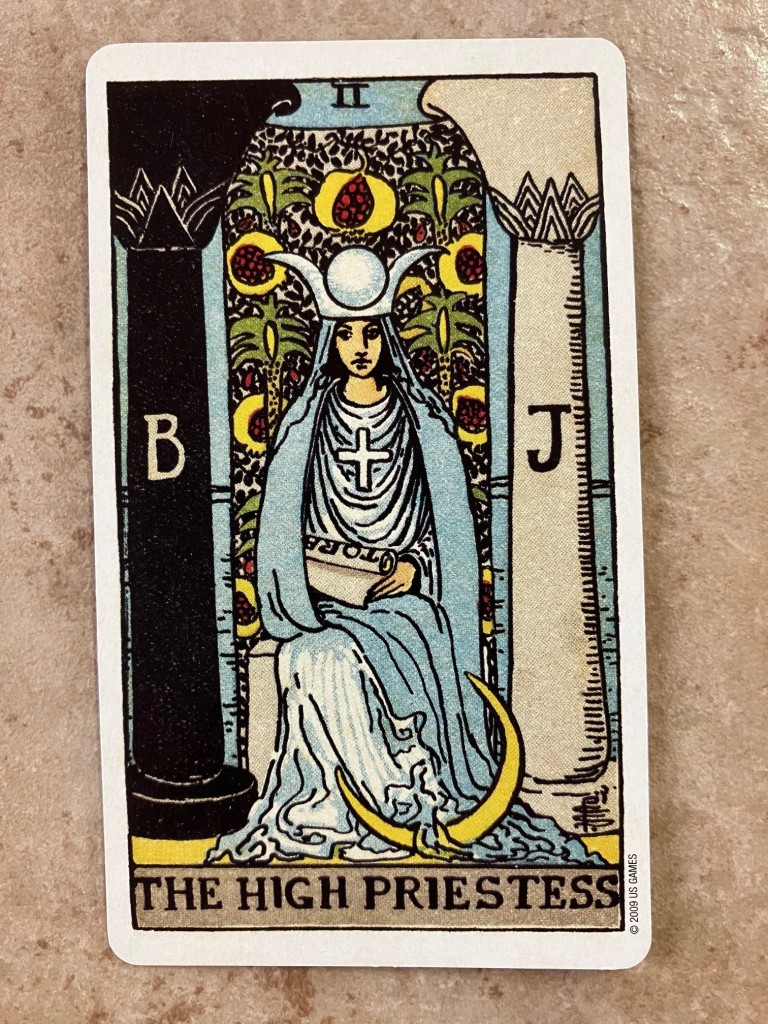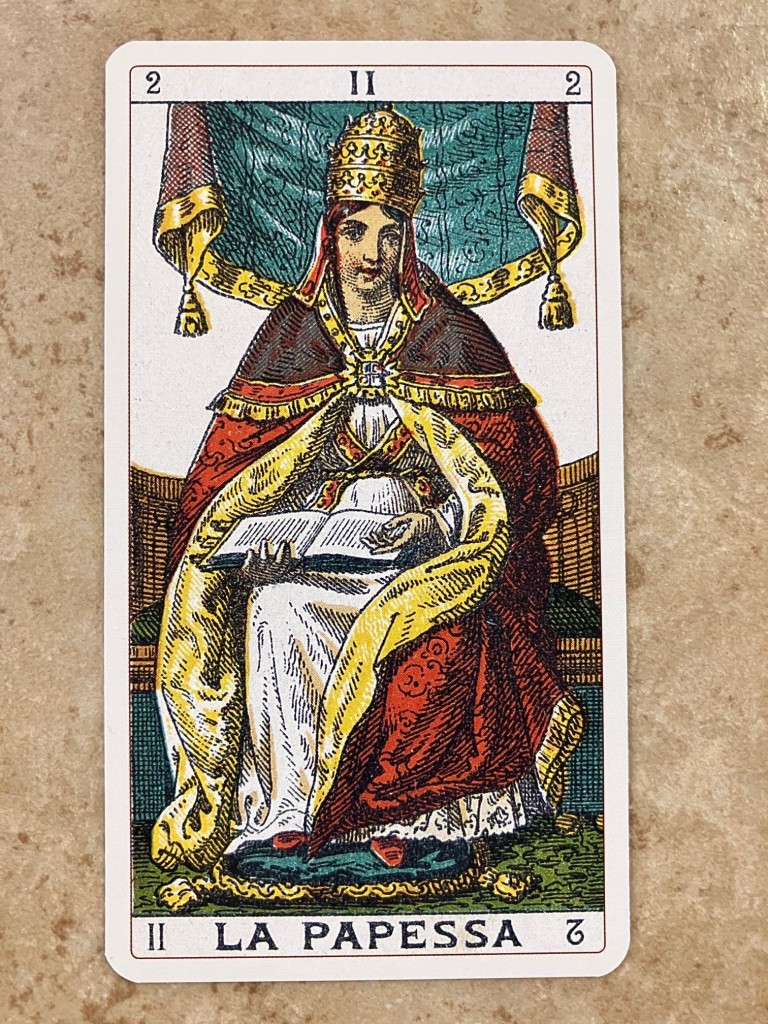While reading The Master and His Emissary by Iain McGilchrist, I came across the following that struck me as pertinent to our divinatory process in relation to both the Book as symbol as well as the cards as Book:
“Perhaps an analogy would be the relationship between reading and living. Life can certainly have meaning without books, but books cannot have meaning without life. Most of us probably share a belief that life is greatly enriched by them: life goes into books and books go back into life. But the relationship is not equal or symmetrical. Nonetheless what is in them not only adds to life, but genuinely goes back into life and transforms it, so that life as we live it in a world full of books is created partly by books themselves.”
In the Lenormand card system of symbols, we find The Book. This symbol can express as: knowledge, secrets (like in a grimoire), confidentiality, and perhaps the changes that are inspired by the text. For a more mundane interpretation, it could be a writing project or compilation of data.
The book as symbol is also found in The High Priestess (La Papesse) of the Tarot. In that card, the book may mean the “ability to understand express ancient or traditional knowledge in words” [Ben-Dov] and/or that “the Seeker is one with powerful unconscious knowledge and that the Seeker must activate intuition to retrieve that knowledge” [Ben-Dov]
and, further, “in a psychological method of attribution, The High Priestess is associated with memory, the maintaining and processing of information within. She represents how we encode, store, and retrieve our experiences.” [Wen]
In addition, many consider the Tarot itself as a ‘book’ that we read: this might be the Akashic Records or one of the Unseen ‘dictating’ to us or a present life that, of course, changes dependent upon the context of the seeker or querent.
McGilchrist continues: “This metaphor is not perfect, but it makes the point. In one sense a book, like the world according to the left hemisphere, is a selective, organised, re-presented, static, revisitable, boundaried, ‘frozen’ extract of life. It has taken something infinitely complex, endlessly interrelated, fluent, evolving, uncertain, never to be repeated, embodied and fleeting (because alive) and produced something in a way very different that we can use to understand it. Though obviously far less complex than life itself, it has nonetheless brought into being an aspect of life that was not there before it. So the left hemisphere (like the book), can be seen as taking from the world as delivered by the right hemisphere (unconsidered ‘life), and giving life back enhanced. But, on the shelf, the contents of the book are dead: they come back to life only in the process of being read … but always becoming something else.”
In fact, I have found McGilchrist’s book to be enlightening for all aspects of my eclectic spiritual path as a truly holistic one. The way he understands how our brain hemispheres receive messages from Mind (incorporeal) resonates and reveals the ideal spiral journey (the dance from right hemisphere to the left and the necessity of reintegrating into the right) of how we experience the whole world when we don’t become stuck in dominant left-hemisphere certainty. This definitely informs my own path in reading Tarot and other oracle systems.
“The left hemisphere, the mediator of division, is never an endpoint, always a staging post. It is a useful department to send things to for processing, but the things only have meaning once again when they are returned to the right hemisphere.”
McGilchrist points out quite clearly in his book that he does NOT “mean to suggest that the brain causes human experience.” Indeed, he states that, “The restrictive bringing into being of something by the left hemisphere depends still on its foundation in something that underwrites it in the right hemisphere (and both of them on something that underwrites them both, outside the brain).” I emphasize this because one might tend to think his view is that of the reductionist or materialist (the left-hemisphere, as it happens) when that is absolutely NOT the case. His many video interviews reveal this a lot more clearly than does The Master and His Emissary. I do look forward to eventually reading his follow-up tome The Matter With Things as that book has a section specifically on The Sacred.
I hope you found this helpful. I’m a seeker, drawn to the questions even more than the answers, because the so-called answers merely lead me to further questions. If you’re reading this, I feel a kindred spirit near.
